Cinematic Love
Introduction :
Embarking on a pre-wedding shoot in the regal landscapes of Rajasthan is a dream for many couples seeking a blend of tradition and romance. In this comprehensive guide, we’ll explore how to turn this dream into reality without breaking the bank. From stunning locations to budget-friendly tips, and accompanied by captivating images, let’s dive into the magical world of pre-wedding photography in the land of Maharajas.
City Palace, Udaipur
A symphony of marble and Mewar architecture, the City Palace offers a regal setting overlooking Lake Pichola. Opt for early morning or late evening shoots to capture the soft hues of sunrise or sunset.
City Palace in Udaipur, Rajasthan, is a breathtaking architectural marvel that stands as a testament to the grandeur of the Mewar dynasty. Here’s a closer look at this iconic attraction:
History and Architecture: Built over a period of nearly 400 years, starting in 1553, by Maharana Udai Singh II, the City Palace is a fusion of Rajasthani, Mughal, Medieval, European, and Chinese architectural styles. The palace complex is perched on the eastern banks of Lake Pichola and offers panoramic views of the lake and the surrounding city.
The palace is a series of interconnected palaces, courtyards, and gardens, showcasing intricate carvings, delicate mirror work, marble work, and beautiful paintings. Each section of the palace tells a story of the rich history and cultural heritage of Mewar.
Key Attractions:
Mor Chowk (Peacock Courtyard): This courtyard features mesmerizing mosaics of peacocks, symbolizing the three seasons of India – summer, monsoon, and winter. The vivid colors and detailed artwork make it a captivating sight.
Manak Mahal (Ruby Palace): Home to a remarkable collection of glass and mirror work, Manak Mahal is known for its stunning glass and mirror tiles that adorn the walls, creating a glittering effect.
Zenana Mahal (Women’s Palace: Originally meant for the royal ladies, Zenana Mahal boasts exquisite architecture and was a venue for celebrations. Today, it serves as a museum showcasing a unique collection of costumes and artifacts.
Sheesh Mahal (Palace of Mirrors): As the name suggests, Sheesh Mahal is adorned with mirrors, creating a magical and reflective ambiance. It was a place where the queens could enjoy the beauty of the starlit sky.
Jagdish Temple: Although not part of the palace complex, Jagdish Temple is located nearby. Built in 1651, this Hindu temple dedicated to Lord Vishnu is an architectural gem with intricately carved pillars and a stunning pyramidal spire.
Pre-Wedding Shoots: City Palace serves as an enchanting backdrop for pre-wedding photoshoots. Couples can capture their love against the regal architecture, intricate details, and the scenic beauty of Lake Pichola. The varied elements within the palace complex, from vibrant courtyards to serene balconies, offer diverse settings for creating timeless memories.
Visiting Tips:
The palace is open to visitors, and exploring its various sections may take a few hours.
Sunset views from the palace are particularly spectacular, with the changing colors of the sky reflected in Lake Pichola.
Consider hiring a local guide to gain deeper insights into the history and stories behind the palace’s architecture.
City Palace, Udaipur, stands as a living testament to the opulence and cultural richness of Rajasthan. Its timeless beauty and picturesque surroundings make it a must-visit destination for history enthusiasts, architecture lovers, and couples seeking a magical backdrop for their pre-wedding shoot.
Lake Palace, Udaipur
Floating on the tranquil waters of Lake Pichola, the Lake Palace is a romantic oasis. Capture the ethereal beauty of the palace against the backdrop of the lake, creating a dreamy atmosphere.Udaipur, with its serene lakes and regal palaces, offers a dreamlike setting for pre-wedding photography. Dive into the shimmering waters of Lake Pichola, explore the intricate architecture of the City Palace, and wander through the charming streets of the old city. With carefully curated budget tips, couples can experience the magic of Udaipur without straining their pockets.
Jal Mahal, Jaipur
Half-submerged in Man Sagar Lake, Jal Mahal is an iconic spot for pre-wedding shoots. The contrast of the palace’s pink hues against the water creates a mesmerizing visual spectacle.
Jal Mahal: Where Romance Meets Serenity in Jaipur
History and Architecture: Nestled in the midst of Man Sagar Lake, Jal Mahal, or the “Water Palace,” is an architectural gem that graces the cityscape of Jaipur, Rajasthan. Built in the 18th century by Maharaja Madho Singh I, the palace was intended as a royal summer retreat. Its strategic location amidst the serene waters of the lake adds to the palace’s charm.
Jal Mahal is a five-story structure, with four stories submerged underwater when the lake is full. The palace seamlessly blends Rajput and Mughal architectural styles, characterized by red sandstone and intricate detailing. The reflective surface of the lake enhances the beauty of the palace, creating a surreal mirage.
Key Features:
Architectural Splendor: The palace’s lower floors are submerged in the lake, and only the top floor remains visible, creating a captivating sight. The use of chhatris (elevated, dome-shaped pavilions) and arched openings adds to its regal allure.
Scenic Surroundings: Jal Mahal is surrounded by the picturesque Aravalli Hills, providing a stunning backdrop. The changing hues of the hills during sunrise and sunset create a magical atmosphere, making it an ideal location for photography.
Floral Gardens: The area around Jal Mahal features well-maintained gardens, adding a touch of natural beauty to the surroundings. The colorful blooms complement the palace’s architectural elegance.
Pre-Wedding Shoots: Jal Mahal is a sought-after location for pre-wedding photoshoots, offering a unique blend of history, architecture, and natural beauty. Couples can capture romantic moments against the backdrop of the palace’s reflection shimmering on the tranquil waters. The play of sunlight on the water’s surface and the surrounding hills adds a touch of magic to the photographs.
Visiting Tips:
Boat Rides: While the palace itself is not open to the public, visitors can enjoy boat rides on Man Sagar Lake to get a closer view of Jal Mahal. The boat ride provides a unique perspective and allows for stunning photographs.
Sunset Views: The palace takes on a different aura during sunset when the changing colors of the sky reflect on the lake. It’s a magical time to experience the serenity of Jal Mahal.
Photography: Amateur and professional photographers alike will find endless opportunities to capture the beauty of Jal Mahal. The palace, surrounded by water and framed by hills, offers a captivating composition.
Jal Mahal stands as a silent witness to centuries of history, and its beauty continues to enamor visitors. Whether you’re a history enthusiast, a nature lover, or a couple seeking a romantic backdrop, Jal Mahal in Jaipur promises an unforgettable experience, blending the architectural splendor of Rajasthan with the tranquility of its natural surroundings.
Hawa Mahal, Jaipur
The intricate latticework of Hawa Mahal provides a unique setting. Explore the vibrant streets of the Pink City around Hawa Mahal for candid shots that showcase local culture.
Hawa Mahal: The Palace of Breezes in Jaipur
Architectural Marvel: Hawa Mahal, or the “Palace of the Winds,” is an iconic structure that graces the Pink City of Jaipur, Rajasthan. Built in 1799 by Maharaja Sawai Pratap Singh, the palace is a unique blend of Rajput and Mughal architectural styles. Its distinctive feature is the honeycomb-like facade with 953 intricately carved windows, or “jharokhas,” which allowed royal ladies to observe street festivities while maintaining their privacy.
Historical Significance: Hawa Mahal was designed as an extension of the City Palace, allowing the women of the royal household to observe everyday life and processions without being seen themselves. The lattice windows not only facilitated ventilation, providing a cooling effect during the hot summers, but also showcased the craftsmanship of the artisans of that era.
Key Features:
Architectural Design: The five-story pyramidal structure is made of red and pink sandstone, reflecting the characteristic color of Jaipur. The facade, resembling a beehive, showcases the intricate lattice work that is both artistic and functional.
Jharokhas: The jharokhas are the highlight of Hawa Mahal, offering a delicate play of light and shadow throughout the day. Each window is adorned with intricate detailing, creating a stunning visual spectacle.
Interior Courtyards: While the front facade is what captures the attention of most visitors, Hawa Mahal also houses small courtyards and chambers within. The interior provides a glimpse into the royal lifestyle and architectural planning of the time.
Pre-Wedding Shoots: Hawa Mahal stands as a picturesque backdrop for pre-wedding photoshoots, offering a regal and timeless ambiance. The ornate facade, with its multitude of windows, serves as a stunning setting for capturing romantic moments. Photographers often play with the interplay of light and shadows created by the lattice work, adding a touch of magic to the visuals.
Visiting Tips:
Early Morning or Late Afternoon: The soft golden light during these times enhances the beauty of Hawa Mahal. The subtle hues of sunrise or sunset create a romantic atmosphere.
View from Wind View Cafe: Adjacent to Hawa Mahal, Wind View Cafe provides a panoramic view of the palace. It’s an ideal spot to enjoy a cup of tea while taking in the architectural splendor.
Explore Nearby Attractions: Hawa Mahal is located in close proximity to other Jaipur attractions, including the City Palace and Jantar Mantar. Plan a comprehensive itinerary to make the most of your visit.
Hawa Mahal, with its distinctive architecture and historical significance, remains a symbol of Jaipur’s rich cultural heritage. Whether you’re a history enthusiast, an architecture lover, or a couple seeking a romantic setting, Hawa Mahal offers a timeless backdrop that transports visitors to the royal era of Rajasthan.
Mehrangarh Fort, Jodhpur
Perched on a rocky hill, Mehrangarh Fort offers panoramic views of Jodhpur. The imposing architecture and expansive courtyards make it a grand setting for a pre-wedding shoot.
Mehrangarh Fort, Jodhpur: Where History Touches the Sky
Historical Overview: Perched atop a 410 feet elevated hill, Mehrangarh Fort in Jodhpur, Rajasthan, stands as a formidable symbol of the city’s rich history and architectural grandeur. Built by Rao Jodha in 1459, the fort has witnessed centuries of Marwar rulers and played a pivotal role in shaping the destiny of the region.
Architectural Marvel: Mehrangarh, meaning the “Fort of the Sun,” is a colossal structure surrounded by imposing walls that seem to touch the sky. The fort’s architecture is a testament to Rajputana craftsmanship, featuring intricate carvings, expansive courtyards, and palatial structures. The fort’s walls, which are up to 36 meters high and 21 meters wide, provide an imposing yet awe-inspiring sight.
Key Features:
Gates of Mehrangarh: The fort is accessed through seven massive gates, each with its own story and significance. Notable among them is the Victory Gate (Jai Pol), built in 1806 to commemorate Maharaja Man Singh’s triumph over the armies of Jaipur and Bikaner.
Palaces Within the Fort: Mehrangarh houses several palaces, including Moti Mahal (Pearl Palace), Sheesh Mahal (Mirror Palace), and Phool Mahal (Flower Palace). These palaces showcase opulent living quarters, adorned with exquisite paintings, stained glass windows, and intricate architecture.
Mehrangarh Museum: The fort has been converted into a museum that displays an extensive collection of artifacts, weapons, textiles, and paintings. The museum provides a fascinating journey into the history and culture of the Marwar region.
Pre-Wedding Shoots: Mehrangarh Fort offers a majestic and romantic setting for pre-wedding photoshoots. The towering walls, expansive courtyards, and intricate architecture provide a regal backdrop for capturing timeless moments. The panoramic views of Jodhpur from the fort, especially during sunrise or sunset, add a touch of magic to the photographs.
Visiting Tips:
Audio Guide: Opt for the audio guide to gain insights into the history and significance of different sections of the fort. It adds a layer of depth to the overall experience.
Events and Performances: Check for cultural events or performances that occasionally take place within the fort premises. These events provide a unique opportunity to witness traditional Rajasthani music and dance against the majestic backdrop.
Cafe and Souvenir Shop: Enjoy a cup of chai at the fort’s cafe while taking in the panoramic views. The souvenir shop offers a selection of Rajasthani handicrafts and memorabilia.
Mehrangarh Fort, with its commanding presence and historical richness, invites visitors to step back in time and marvel at the architectural prowess of the Rajput rulers. Whether you’re a history enthusiast, an architecture lover, or a couple seeking a grand setting for your pre-wedding shoot, Mehrangarh Fort promises an unforgettable experience amidst the royal heritage of Jodhpur.
Umaid Bhawan Palace, Jodhpur
The golden hues of Umaid Bhawan Palace create a luxurious backdrop. Explore the palace gardens and courtyards for diverse settings within the same location.
Umaid Bhawan Palace, Jodhpur: A Regal Oasis of Luxury and Heritage
Historical Significance: Umaid Bhawan Palace, a magnificent edifice in Jodhpur, Rajasthan, stands as a testament to the opulence of the royal era. Built between 1928 and 1943, it serves a dual purpose as both a royal residence and a symbol of benevolent employment during a period of famine. Maharaja Umaid Singh commissioned the palace as a means to provide employment to his subjects during the economic downturn.
Architectural Grandeur: Designed by the renowned architect Henry Lanchester, Umaid Bhawan Palace seamlessly blends Western Art Deco and traditional Indian architectural styles. The palace is constructed with sandstone and marble, featuring a central dome that rises 110 feet into the sky. The intricate detailing, expansive courtyards, and lush gardens make it one of the most impressive architectural marvels in Rajasthan.
Key Features:
Central Dome: The central dome of Umaid Bhawan Palace is a marvel of architecture, reminiscent of the Renaissance period. The detailed lattice work and the imposing size make it a focal point of the palace’s exterior.
Museum: Part of the palace has been converted into a museum, allowing visitors to explore the history of the Jodhpur royal family. The museum showcases artifacts, memorabilia, and a rare collection of vintage cars.
Luxurious Hotel: A portion of Umaid Bhawan Palace is now a luxury hotel managed by the Taj Group. Guests can experience the regal lifestyle of the royals with modern amenities and impeccable service.
Pre-Wedding Shoots: Umaid Bhawan Palace serves as a dreamy backdrop for pre-wedding photoshoots. The palace’s grand architecture, expansive lawns, and the fusion of traditional and modern elements provide a perfect setting for capturing timeless moments. The museum’s grandeur and the palace’s exteriors offer diverse options for creating a romantic visual narrative.
Visiting Tips:
Heritage Walk: Take a guided heritage walk within the palace complex to learn about its history, architecture, and the royal family’s legacy.
Museum Timings: If you plan to visit the museum, check the opening hours to ensure you have ample time to explore the exhibits.
Sunset Views: The palace offers stunning views, especially during sunset. Consider planning your visit to witness the changing colors of the sky against the backdrop of Umaid Bhawan Palace.
Luxury Stay: For those seeking a truly regal experience, Umaid Bhawan Palace offers luxurious accommodations. Guests can immerse themselves in the grandeur of the palace, with its elegantly appointed rooms, sprawling gardens, and personalized services.
Umaid Bhawan Palace stands as a living legacy of Jodhpur’s royal heritage, inviting visitors to indulge in the grandeur and hospitality that once defined the princely state of Marwar. Whether you’re a history buff, a connoisseur of architecture, or a couple planning a pre-wedding shoot, Umaid Bhawan Palace promises an enchanting journey into the lap of royal luxury and tradition.
Blue City Streets, Jodhpur
Wander through the vibrant blue lanes of Jodhpur’s old city. The contrasting colors provide a charming and rustic setting for candid moments.
Exploring the Azure Alleys: Blue City Streets of Jodhpur
Introduction: Jodhpur, often referred to as the “Blue City,” is renowned for its enchanting streets adorned in varying shades of blue. This unique architectural tradition holds historical and cultural significance, creating a mesmerizing canvas that beckons both locals and visitors alike to wander through its azure alleys.
Historical Significance: The tradition of painting houses blue in Jodhpur is believed to have originated among the Brahmin community. Blue is considered auspicious, representing the color of Lord Shiva. The Brahmins, residing in the Mehrangarh Fort area, began this practice, and over time, the trend expanded, turning a significant part of the city into the charming Blue City.
Key Features:
Vibrant Hues: The streets of Jodhpur are characterized by houses painted in various shades of blue, creating a visual spectacle. The color not only reflects cultural beliefs but also serves practical purposes, such as repelling termites and keeping the houses cool in the scorching desert heat.
Mehrangarh Fort Views: As you meander through the blue city streets, you’ll catch glimpses of the imposing Mehrangarh Fort towering over the city. The juxtaposition of the blue houses against the fort’s sandstone walls creates a stunning contrast.
Artistic Details: The blue-painted facades are often adorned with intricate details, from vibrant doors and windows to colorful artwork. These details add a touch of artistic flair to the streets, making every corner a potential frame for a captivating photograph.
Pre-Wedding Shoots: Jodhpur’s Blue City streets provide a unique and picturesque backdrop for pre-wedding photoshoots. Couples can capture their love against the azure canvas, creating a romantic and vibrant atmosphere. The narrow alleys, adorned with blue walls, offer an intimate setting for candid moments and artistic compositions.
Visiting Tips:
Early Morning Stroll: The soft morning light enhances the beauty of the blue-painted houses. Take an early morning stroll to witness the city waking up and the colors coming to life.
Respect Local Privacy: While the Blue City is a popular tourist attraction, it’s essential to be respectful of the residents’ privacy. Avoid entering private properties without permission.
Roof-Top Cafes: Explore the roof-top cafes scattered across the Blue City. These vantage points offer panoramic views of the cityscape, providing an excellent opportunity for both photography and relaxation.
Cultural Immersion: Beyond its visual appeal, the Blue City streets offer a chance to immerse yourself in the local culture. Engage with the friendly residents, explore traditional markets, and discover the stories hidden within the blue-painted walls.
Jodhpur’s Blue City streets stand as a living testament to the city’s rich history and vibrant culture. Whether you’re capturing the essence of your love story or simply exploring the enchanting lanes, the azure alleys of Jodhpur promise an unforgettable journey through a palette of tradition and charm.**
Jaisalmer Fort, Jaisalmer
The golden sandstone walls of Jaisalmer Fort create a warm and romantic ambiance. Explore the narrow lanes and courtyards for intimate shots.
Jaisalmer Fort: The Golden Citadel of Timeless Grandeur
Historical Tapestry: Nestled in the heart of the Thar Desert, Jaisalmer Fort, also known as the “Golden Fort” or “Sonar Quila,” stands as a formidable marvel of architecture and history. Constructed in 1156 by Maharawal Jaisal, the founder of Jaisalmer, the fort has witnessed centuries of Rajputana valor, trade, and cultural richness.
Distinctive Architecture: Rising from the desert sands, Jaisalmer Fort is made entirely of yellow sandstone, lending it a golden hue that intensifies during sunset. The fort’s massive walls, intricate carvings, and imposing gates showcase a blend of Rajput and Islamic architectural styles. Inside, the fort houses palaces, Jain temples, havelis, and a network of narrow lanes that evoke the spirit of a bygone era.
Key Features:
Gates of Jaisalmer Fort: The fort boasts four intricately designed gates, each with its unique history and purpose. Ganesh Pol and Suraj Pol are particularly noteworthy, adorned with detailed carvings and protective features.
Raj Mahal and Jain Temples: The interiors of the fort are adorned with palatial structures like Raj Mahal, with its ornate architecture, and a cluster of seven beautifully carved Jain temples known for their exquisite marble work and detailed sculptures.
Havelis: The narrow lanes within the fort lead to numerous havelis (mansions) with stunning facades. The Patwon Ki Haveli, Nathmal Ki Haveli, and Salim Singh Ki Haveli are prime examples, showcasing intricate carvings, balconies, and historical significance.
Pre-Wedding Shoots: Jaisalmer Fort provides a captivating and regal setting for pre-wedding photoshoots. The golden backdrop, the ornate architecture, and the expansive views of the surrounding desert create a dreamlike atmosphere. Couples can capture their love story against the timeless beauty of the fort, whether framed by ancient archways, on the palace balconies, or amidst the intricate carvings.
Visiting Tips:
Sunset Views: Witness the fort’s golden glow during sunset, casting a warm hue over the entire city. Several vantage points within the fort offer breathtaking sunset views.
Guided Tours: Engage a local guide to unravel the history and stories hidden within the fort’s walls. Guides provide insights into the architectural marvels and the lives of the people who once resided within.
Cultural Performances: Depending on the time of your visit, you might be treated to traditional Rajasthani music and dance performances within the fort premises, adding to the cultural experience.
Night Views and Stargazing: Jaisalmer Fort takes on a magical aura at night when it is beautifully illuminated. The absence of city lights in the surrounding desert enhances the visibility of stars, creating an enchanting setting for stargazing from the fort’s ramparts.
Jaisalmer Fort, with its golden grandeur and timeless charm, invites visitors to step into a living tale of Rajasthan’s rich heritage. Whether you’re captivated by its historical significance, architectural splendor, or seeking a majestic backdrop for your love story, the Golden Fort of Jaisalmer promises an unforgettable journey through the sands of time.
Sam Sand Dunes, Jaisalmer
Venture into the Thar Desert for a surreal experience at Sam Sand Dunes. Capture the magic of sunset or sunrise against the vast expanse of golden sands.
Nahargarh Fort, Jaipur
Perched on the Aravalli Hills, Nahargarh Fort offers panoramic views of Jaipur. The fort’s architecture and surrounding landscape make it an ideal location for a romantic shoot.
Pushkar Lake, Pushkar
The serene and spiritual ambiance of Pushkar Lake provides a tranquil setting. Capture candid moments by the ghats or opt for a boat ride for a unique perspective.
Brahma Temple, Pushkar
The architecture of the Brahma Temple and the surrounding Pushkar town create a cultural and spiritual backdrop for a pre-wedding shoot.
Ranakpur Jain Temple, Ranakpur
The intricate marble carvings of Ranakpur Jain Temple offer a serene and divine setting. Explore the temple complex for a blend of spirituality and architectural beauty.
Chittorgarh Fort, Chittorgarh
With its historical significance, Chittorgarh Fort provides a majestic setting. Capture the grandeur of the fort’s structures and expansive views.
Kumbhalgarh Fort, Kumbhalgarh
Nestled in the Aravalli Range, Kumbhalgarh Fort boasts the second-longest wall in the world. The fort’s architecture against the scenic backdrop is perfect for an epic shoot.
Keoladeo National Park, Bharatpur
For nature enthusiasts, Keoladeo National Park offers a lush and green setting. Capture the love amidst the vibrant flora and fauna of this UNESCO World Heritage Site.
Sajjangarh Palace (Monsoon Palace), Udaipur
Perched on a hill, the Monsoon Palace provides a panoramic view of Udaipur. The architectural beauty and serene surroundings make it an ideal location.
Bagore Ki Haveli, Udaipur
The ornate architecture and lakeside location of Bagore Ki Haveli create a romantic setting. Explore the haveli’s interiors and lakeside courtyards for varied shots.
Alwar City Palace, Alwar
Alwar City Palace offers a blend of Mughal and Rajput architecture. Capture the timeless beauty of the palace against the backdrop of Alwar city.
Bundi Palace, Bundi
The faded grandeur of Bundi Palace and the quaint lanes of Bundi town offer a rustic and offbeat setting. Capture the charm of a bygone era in this lesser-explored gem.
Budget-Friendly Tips:
Consider off-peak seasons for better deals on accommodations and services.
Explore local photographers who understand the essence of the region.
Opt for a mix of iconic locations and hidden gems to create a diverse portfolio.
Conclusion:
Rajasthan, with its regal charm and diverse landscapes, provides an array of stunning backdrops for pre-wedding shoots. From the romantic lakes of Udaipur to the golden dunes of Jaisalmer, each location offers a unique blend of history, culture, and natural beauty. With careful planning and budget-conscious choices, couples can weave their love story into the rich tapestry of Rajasthan, creating memories that last a lifetime.


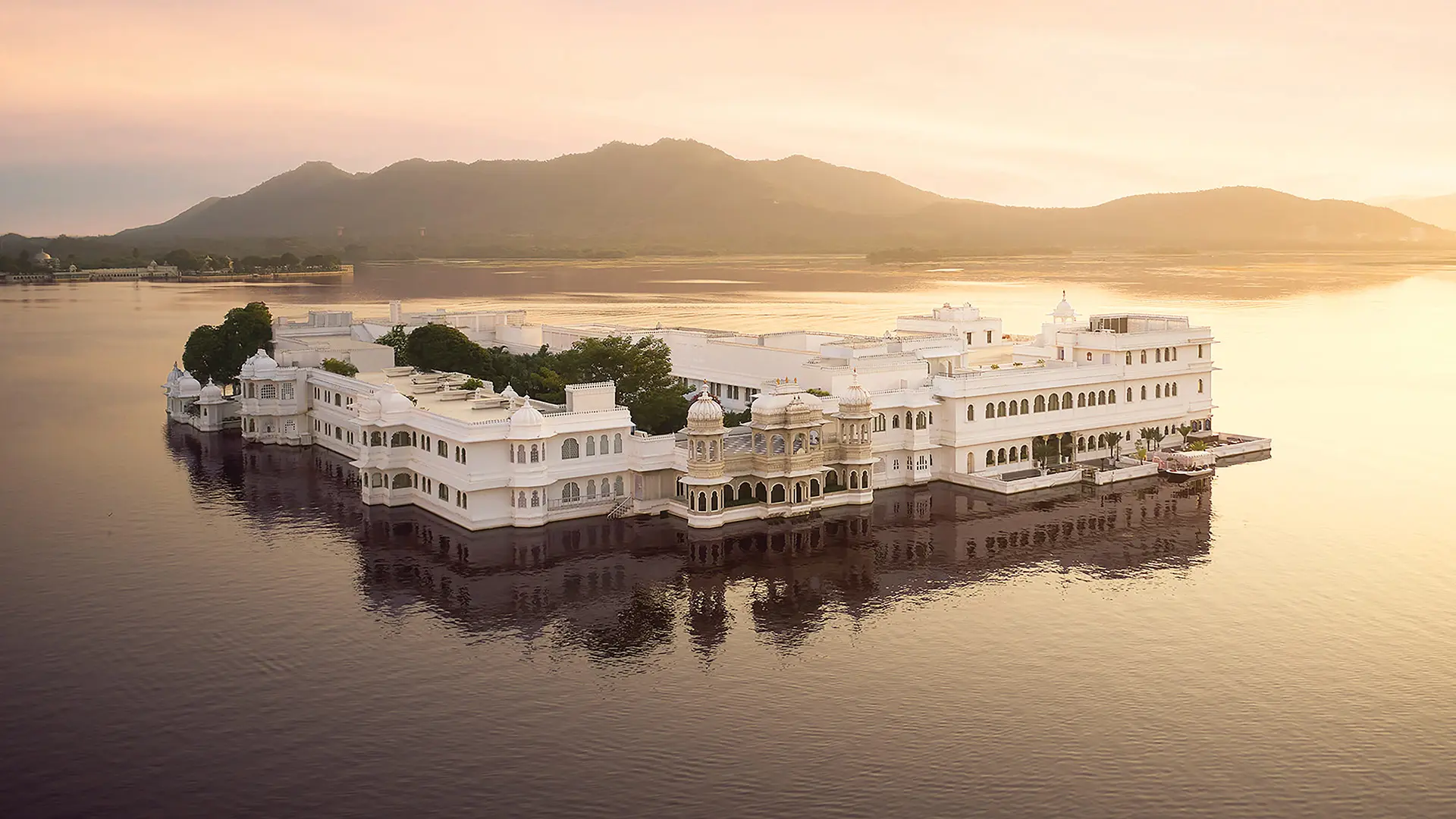
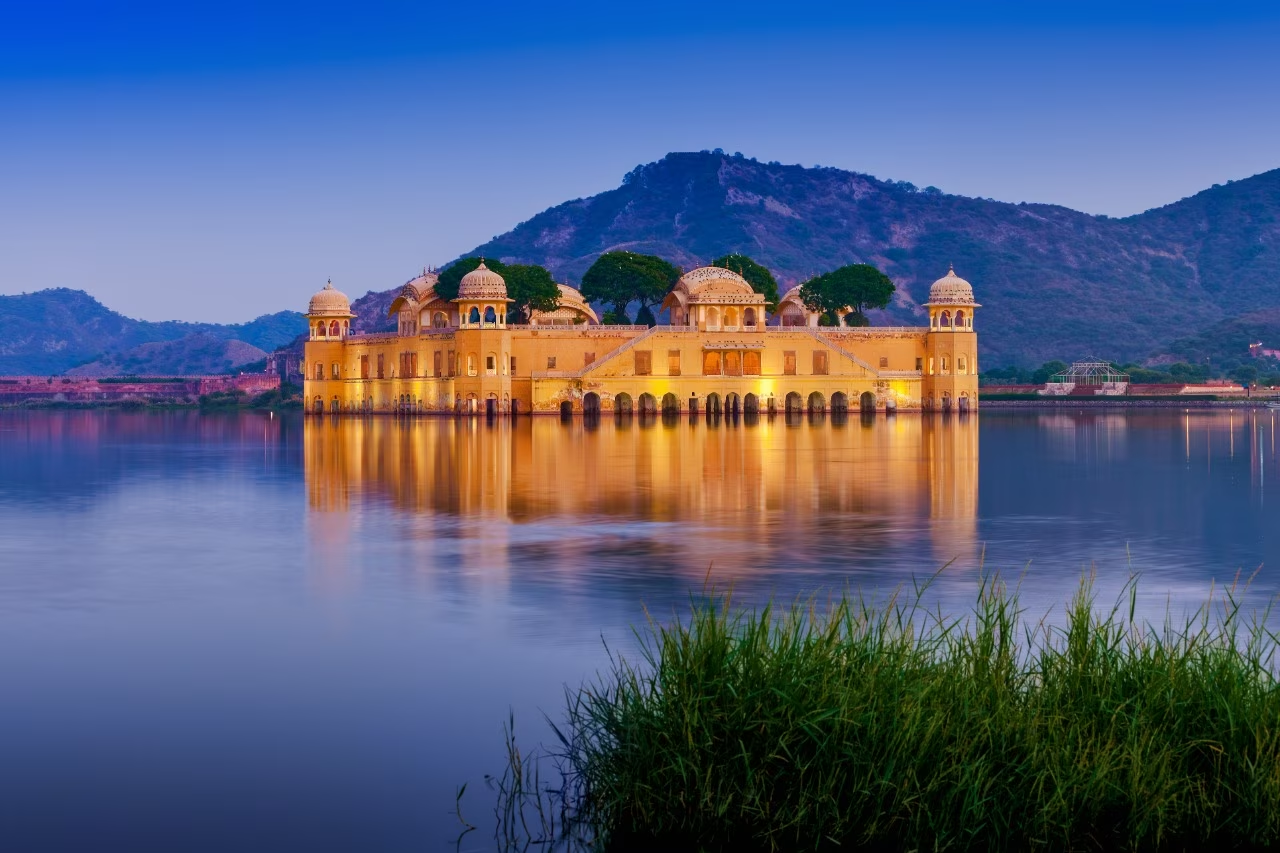
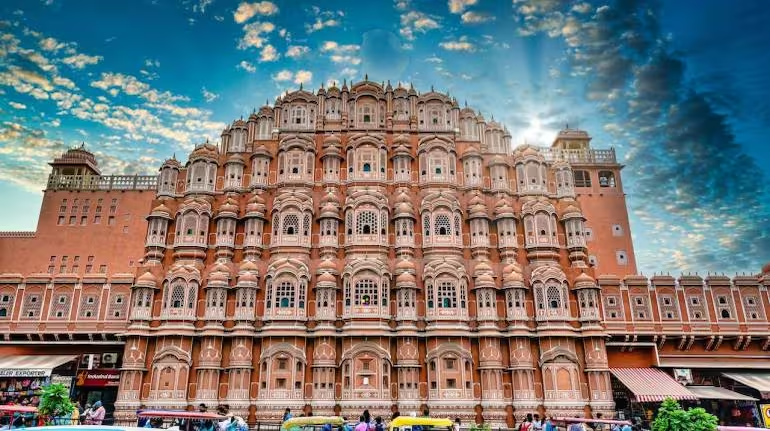
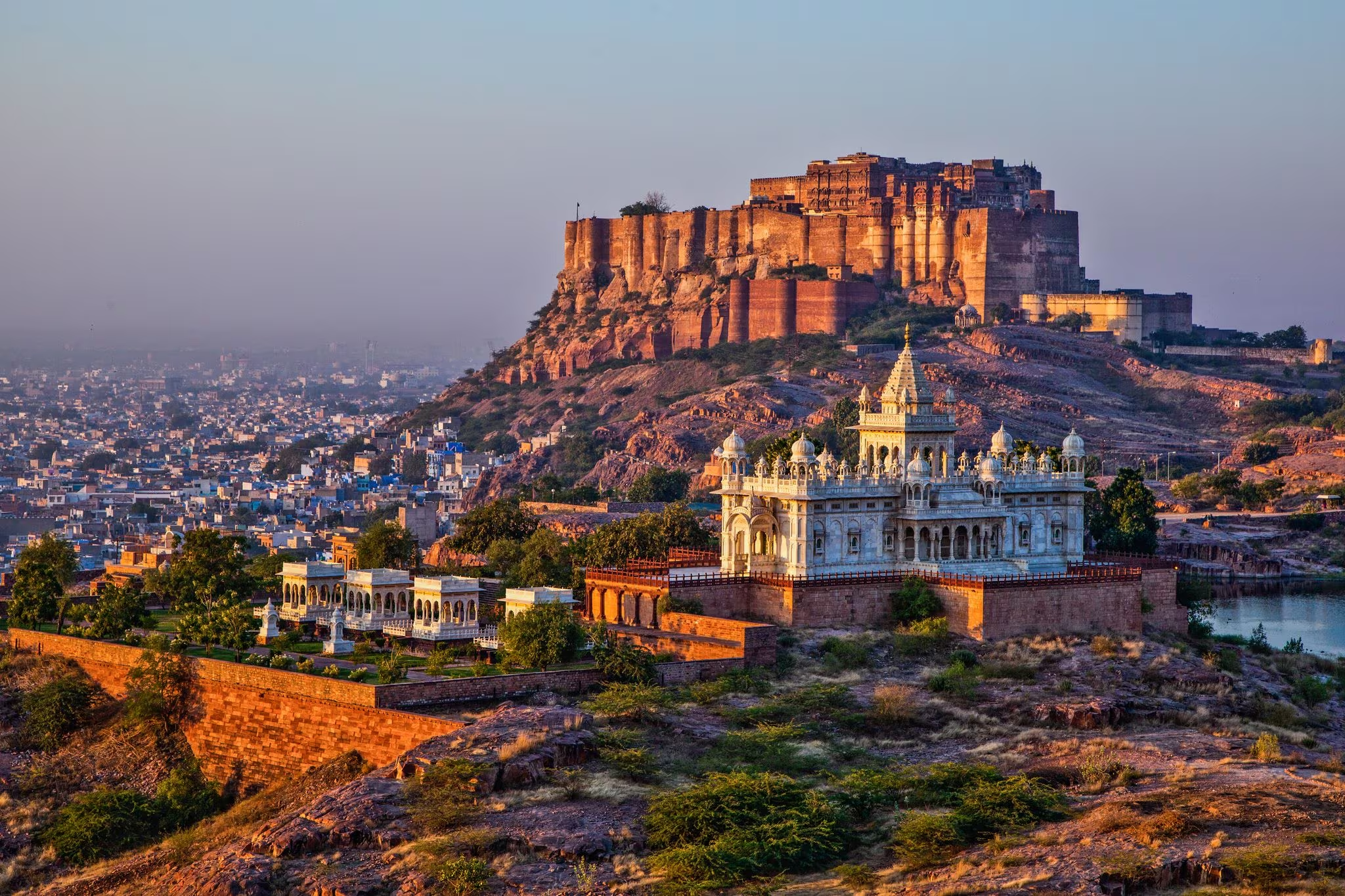
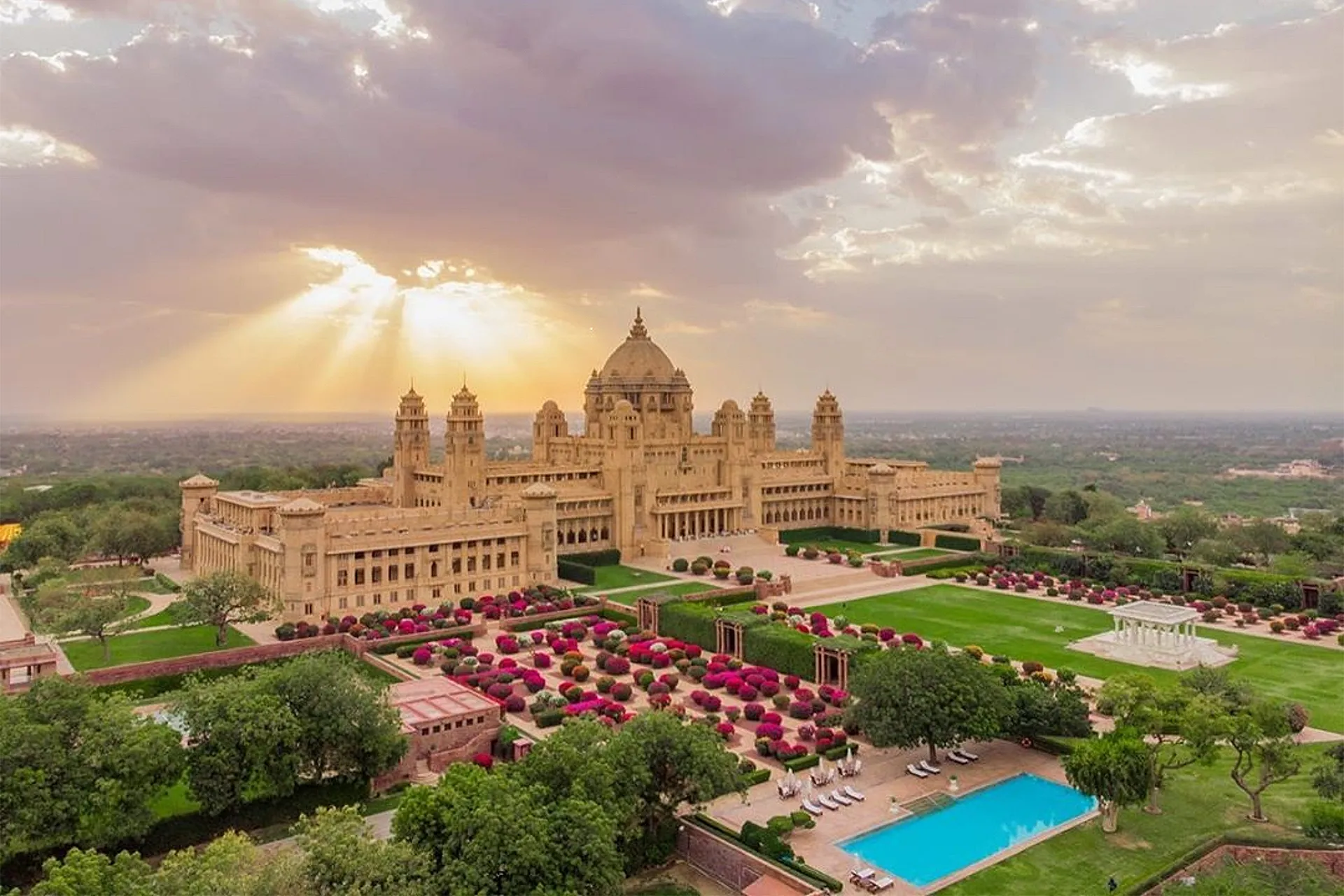
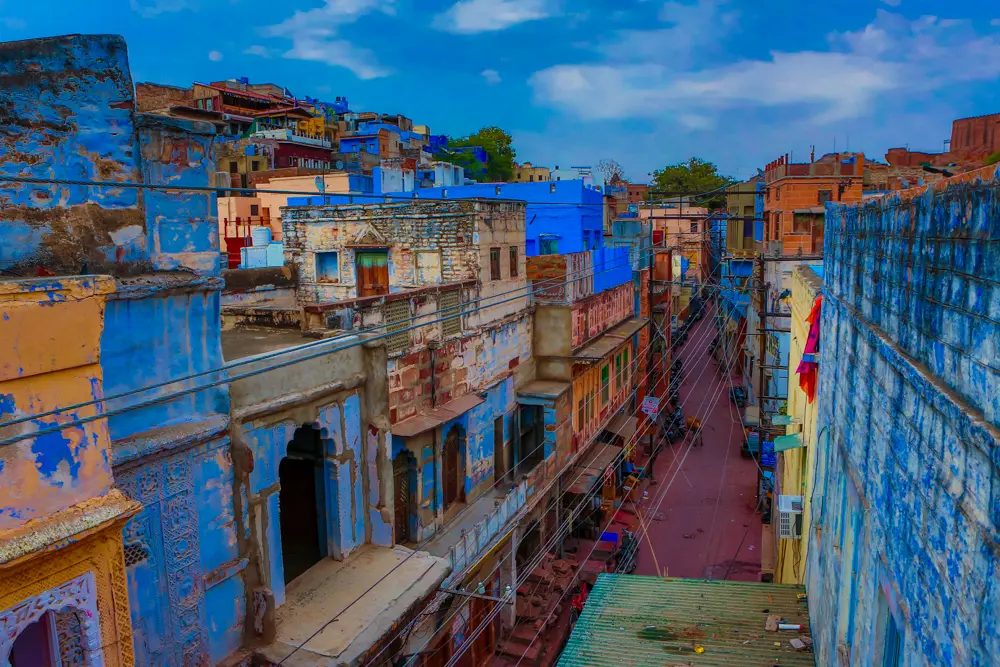
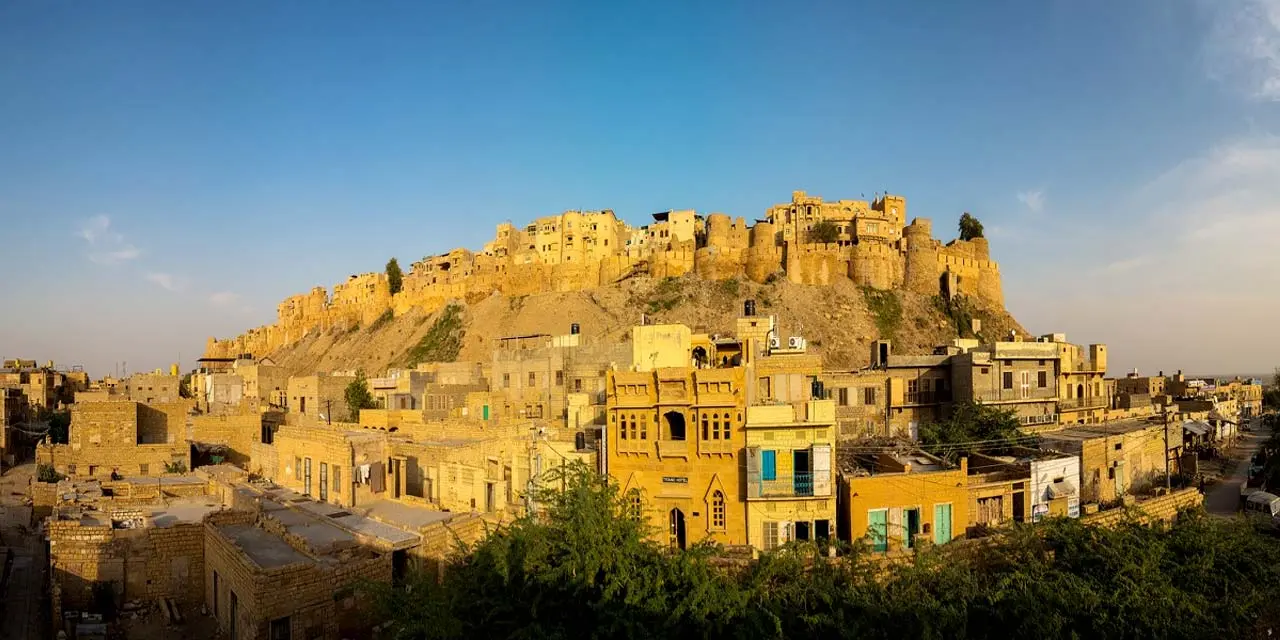
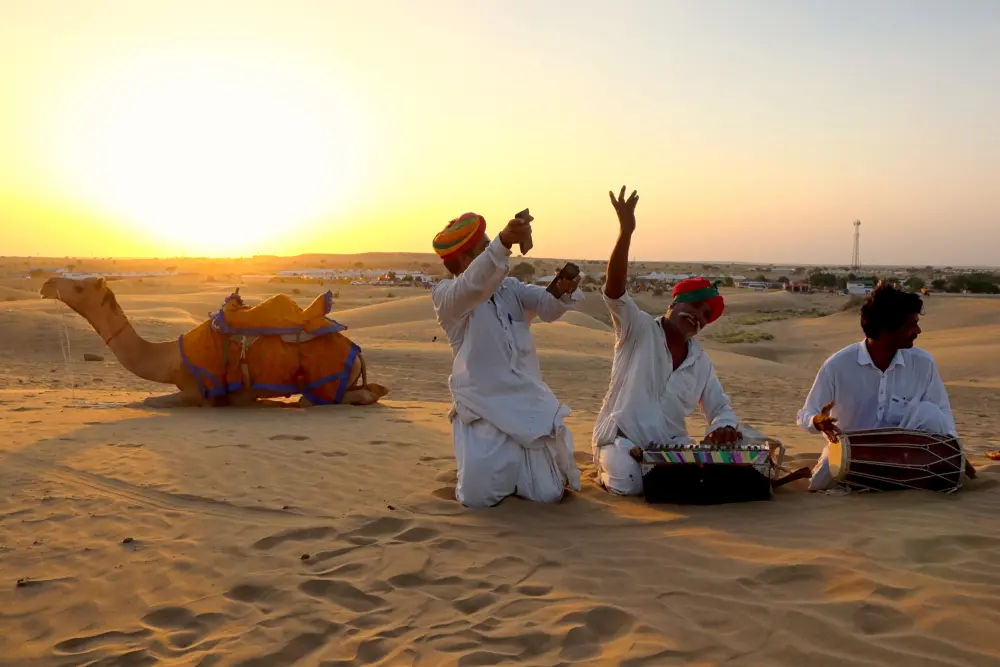
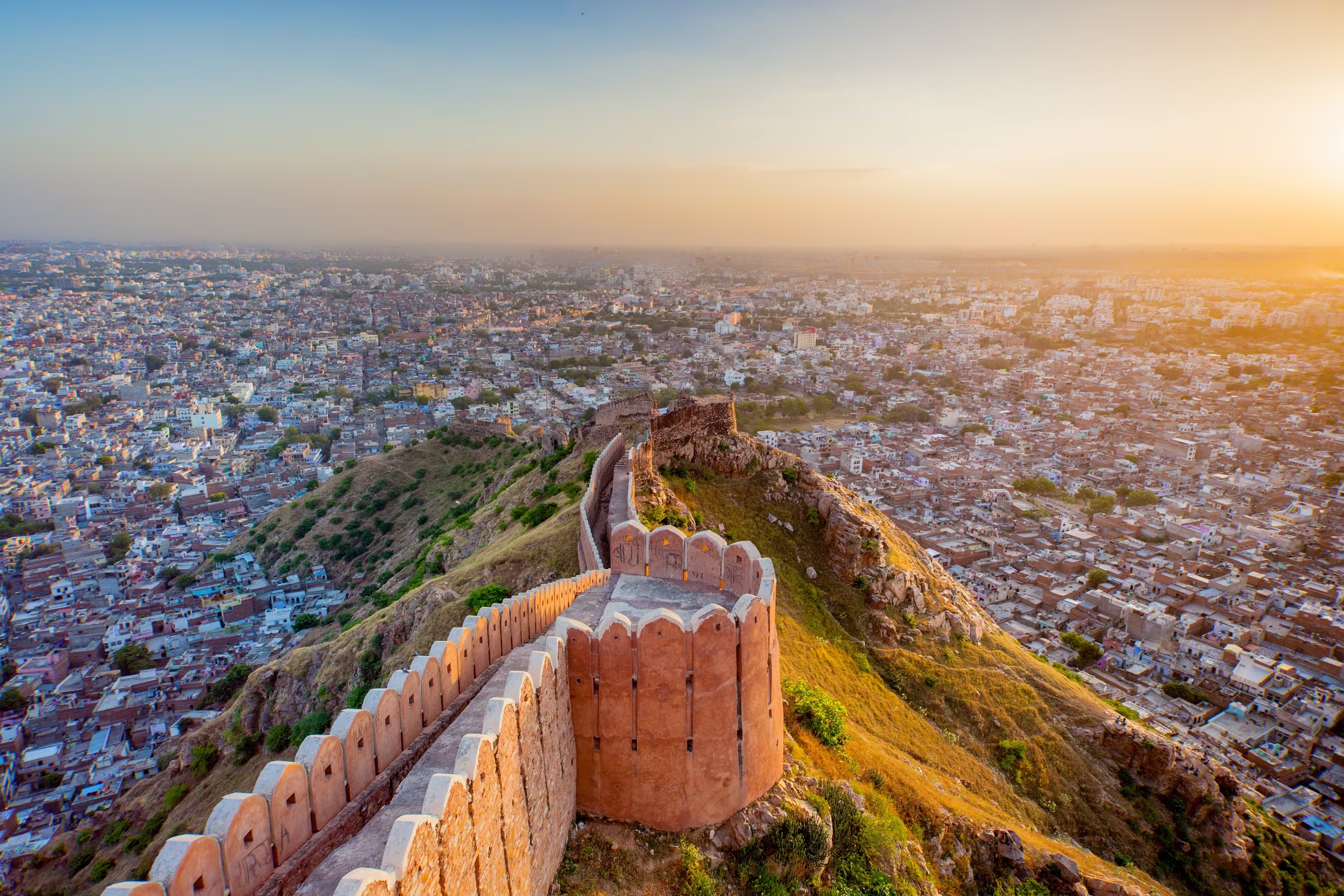
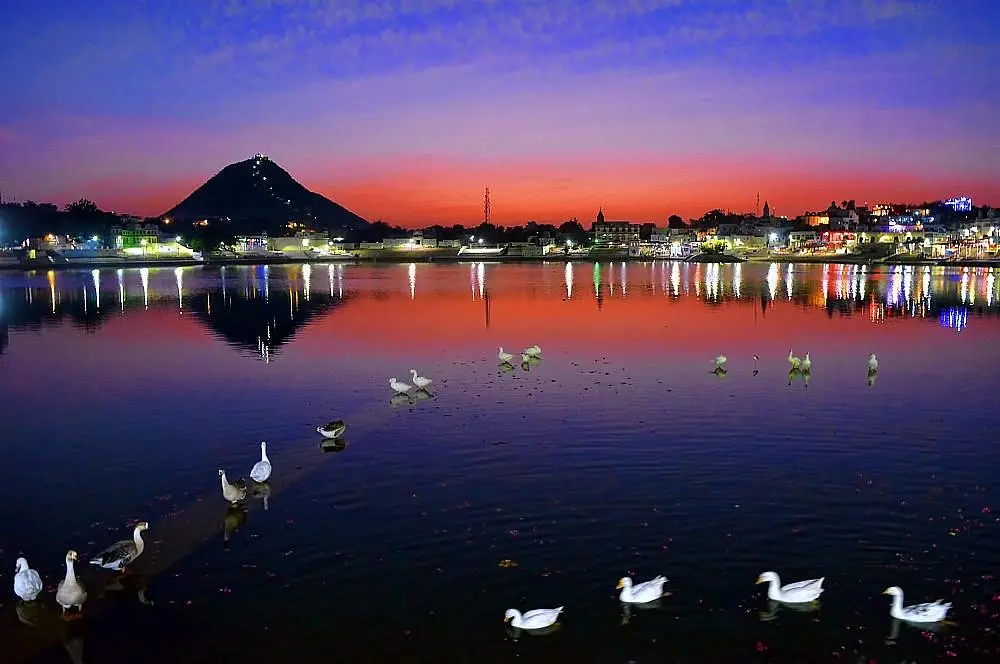
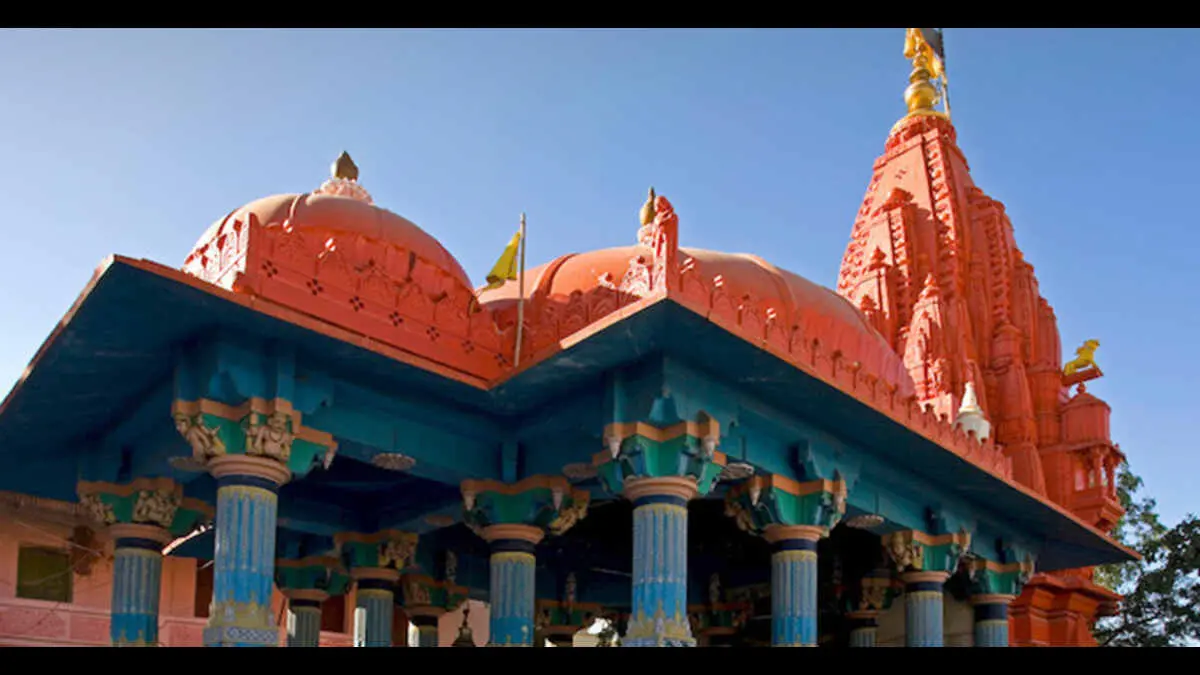
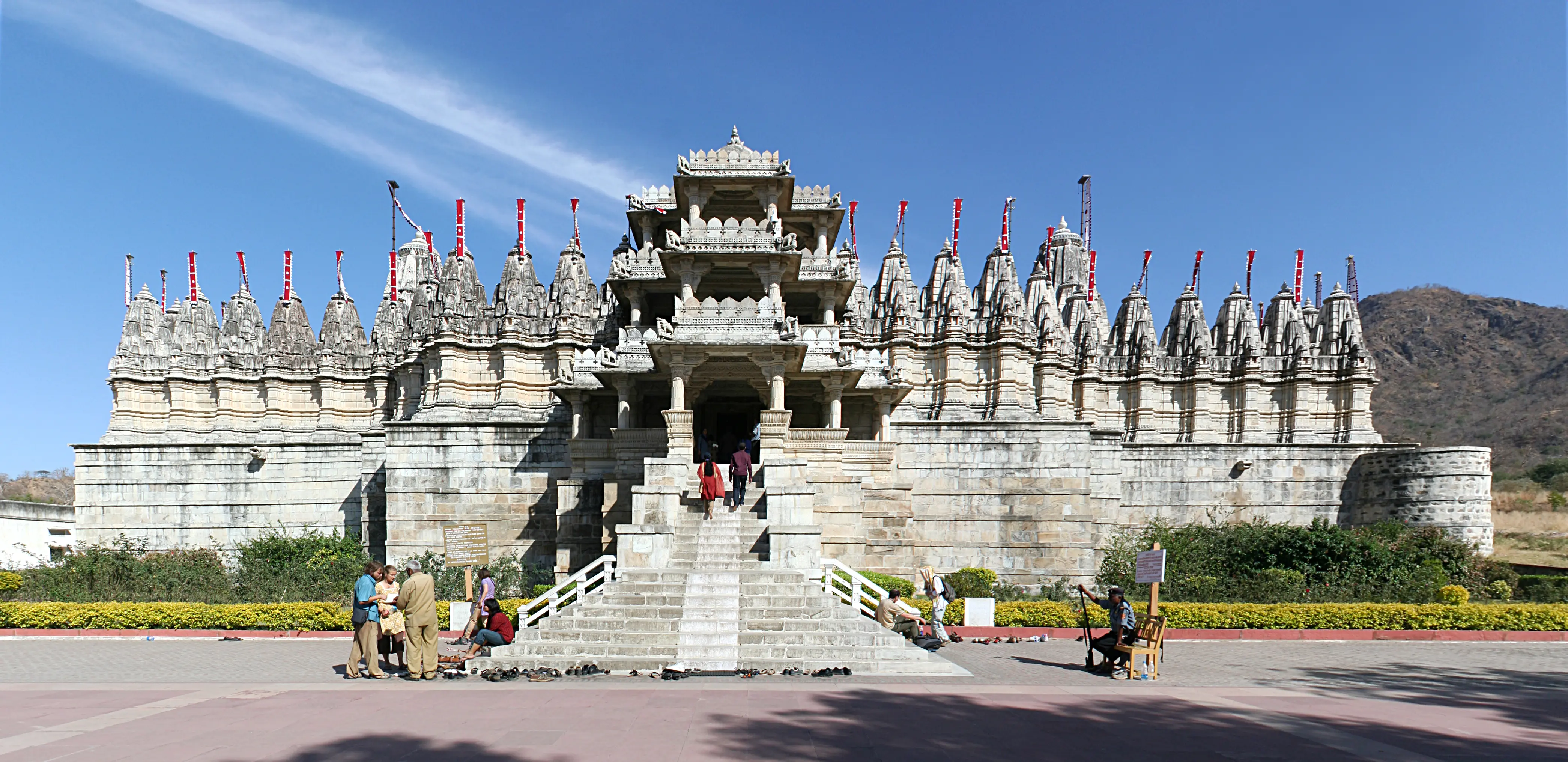
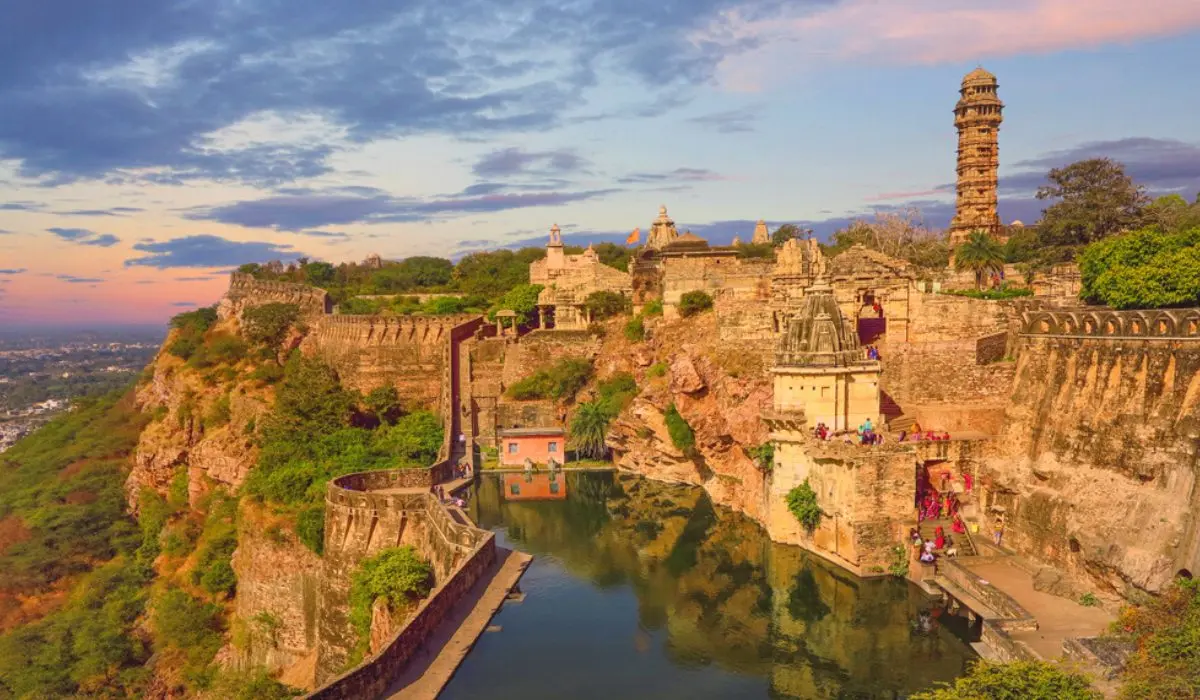
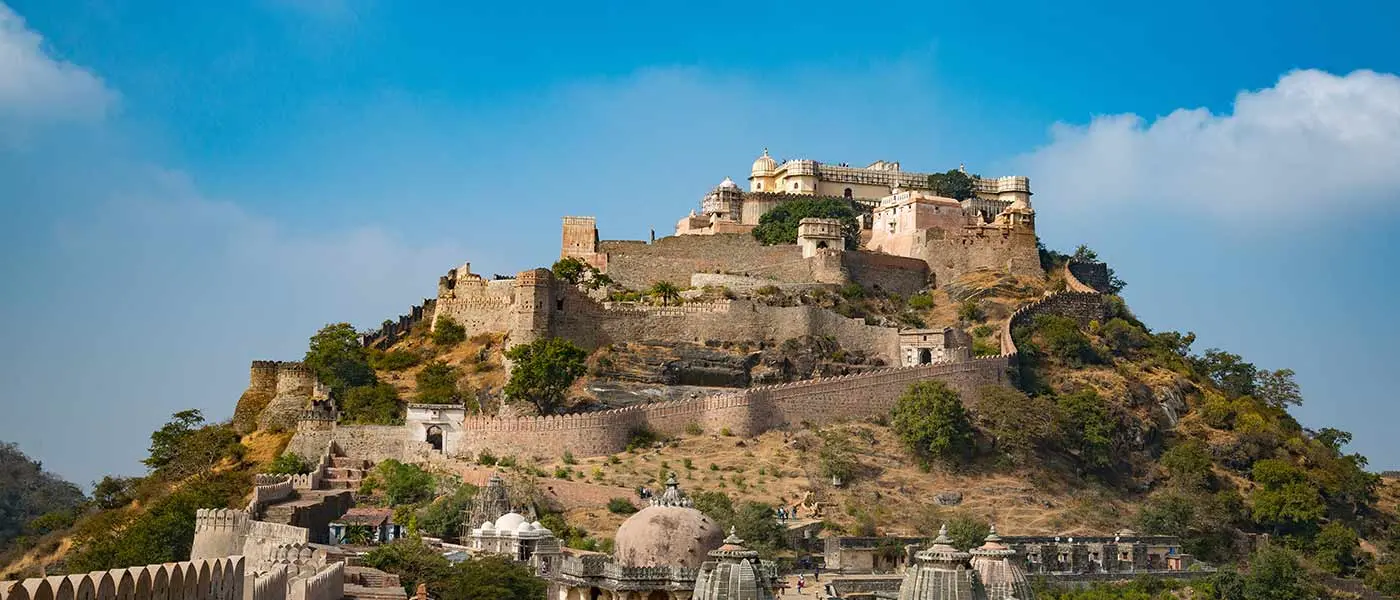
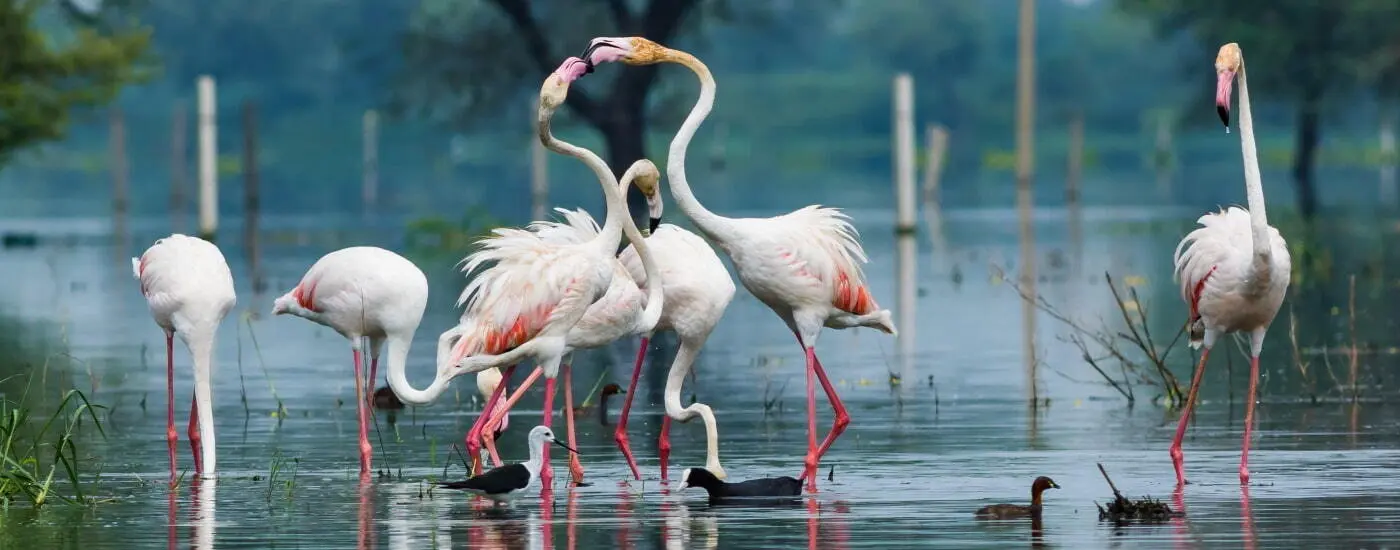
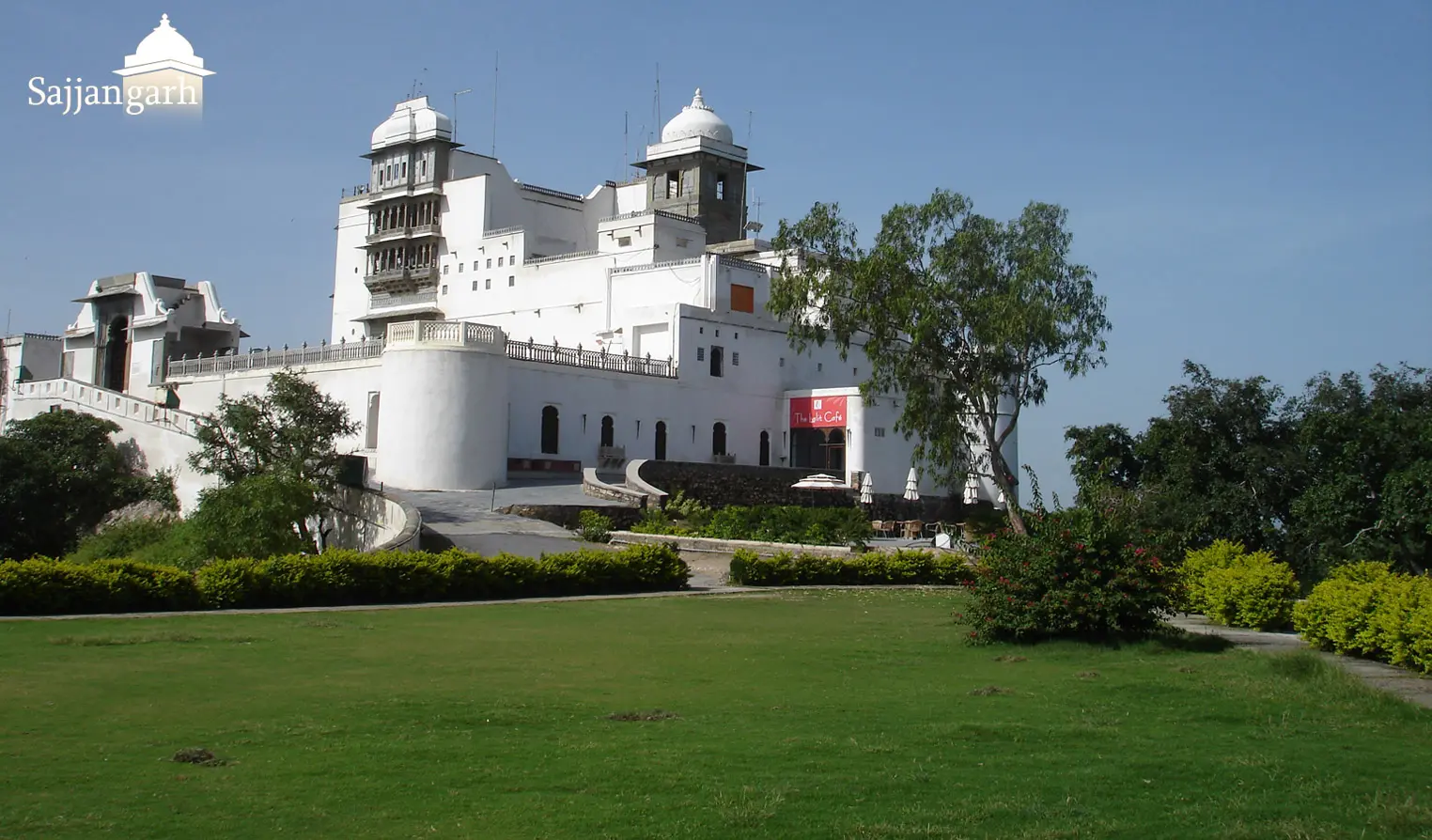
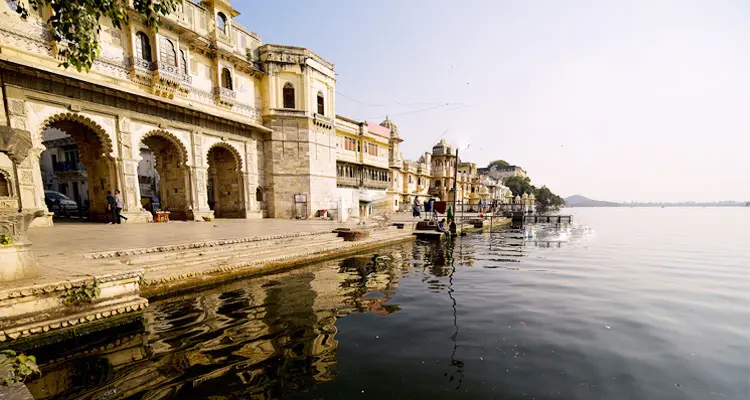
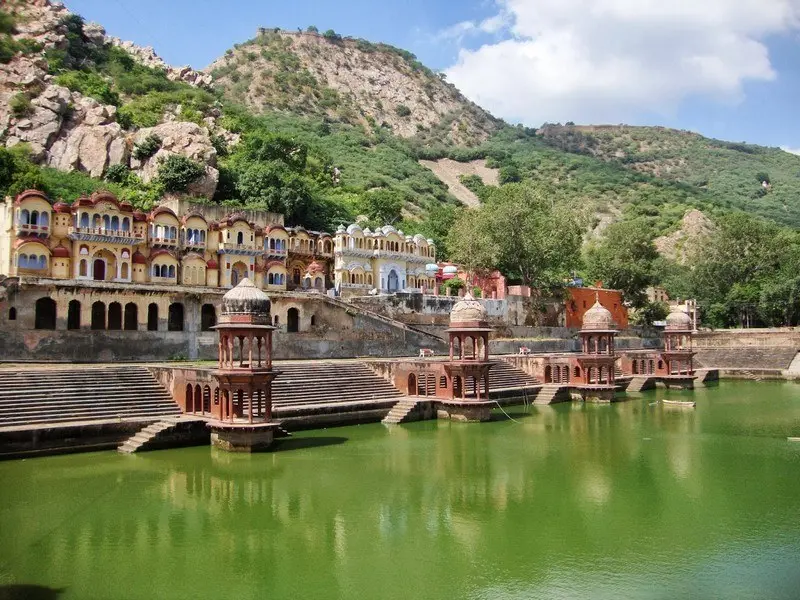
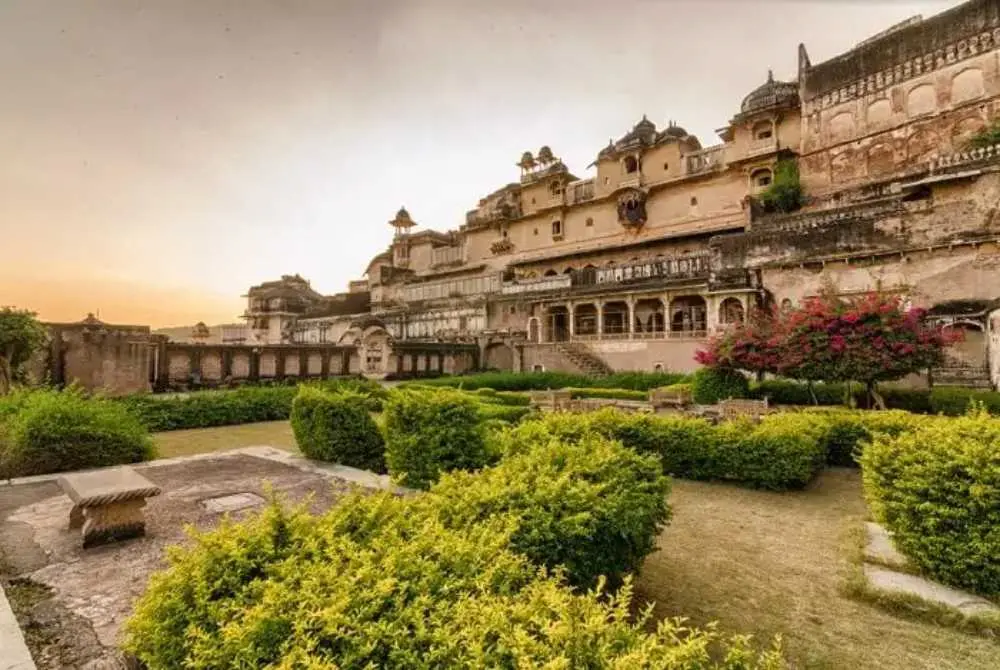
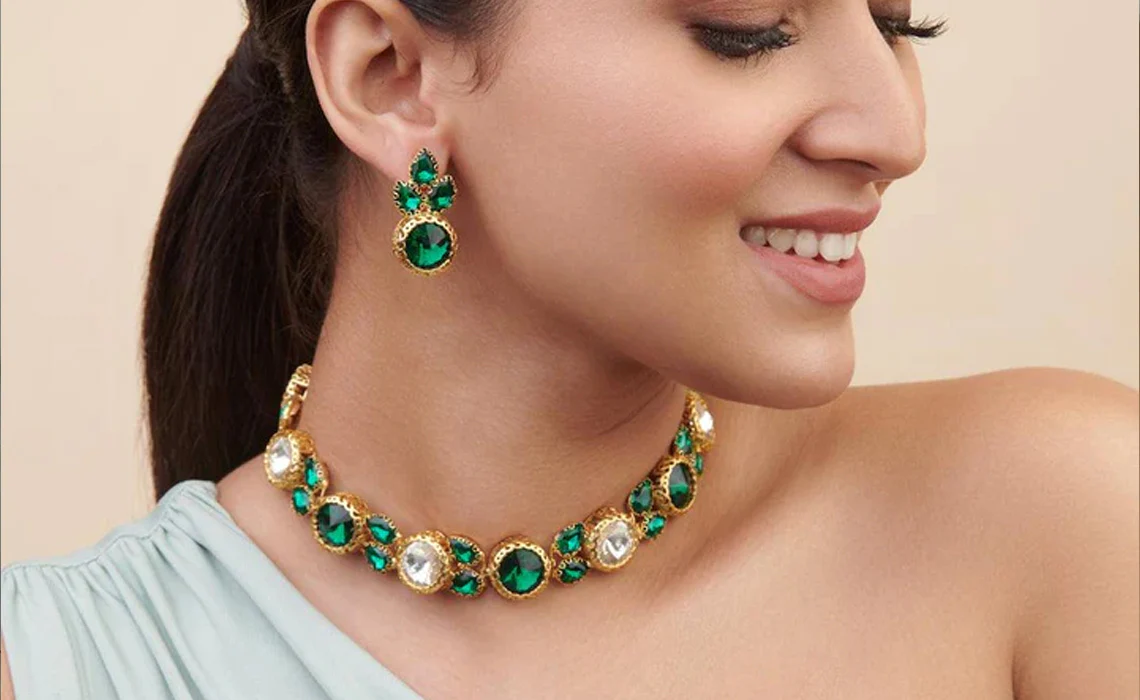


Leave a Reply